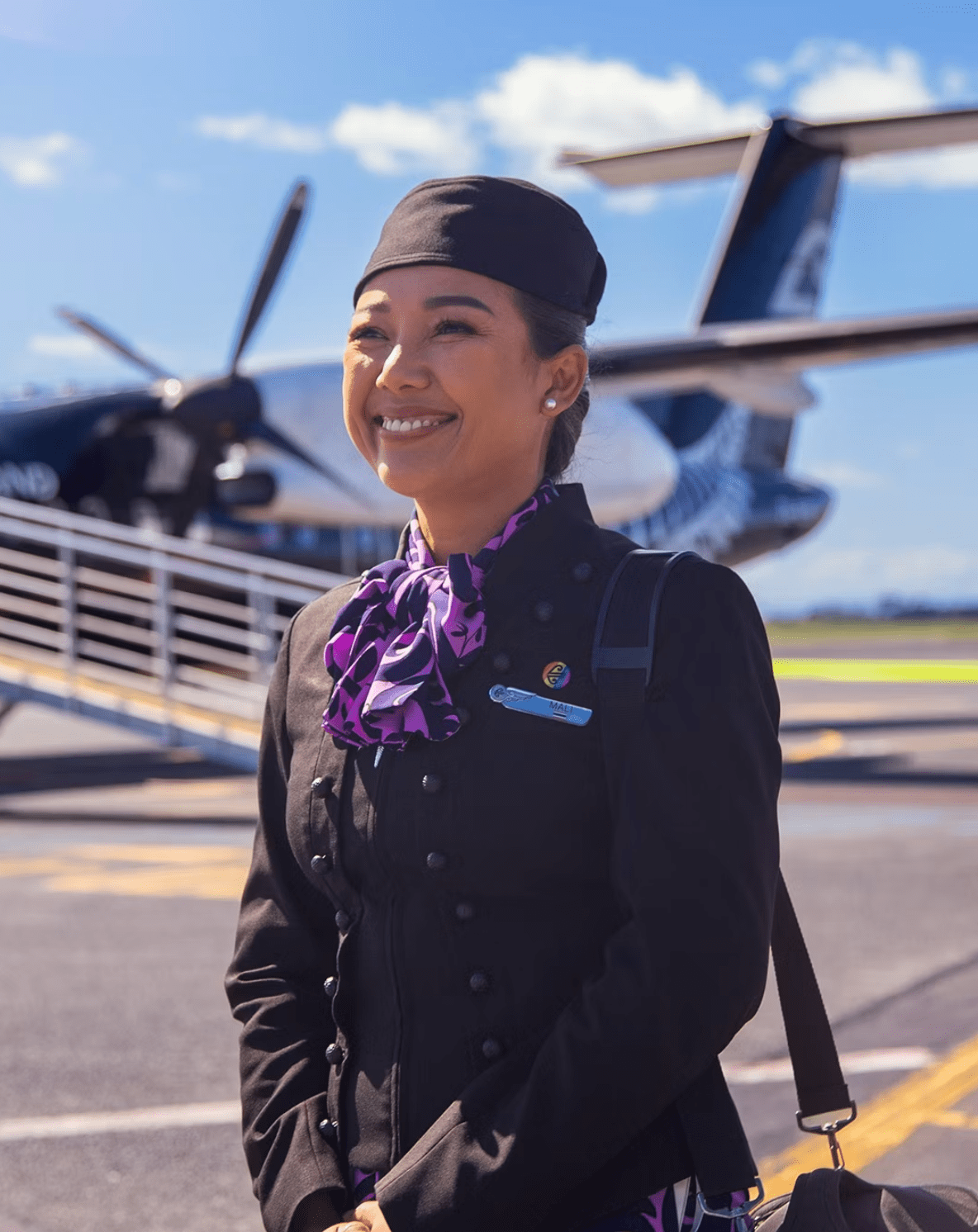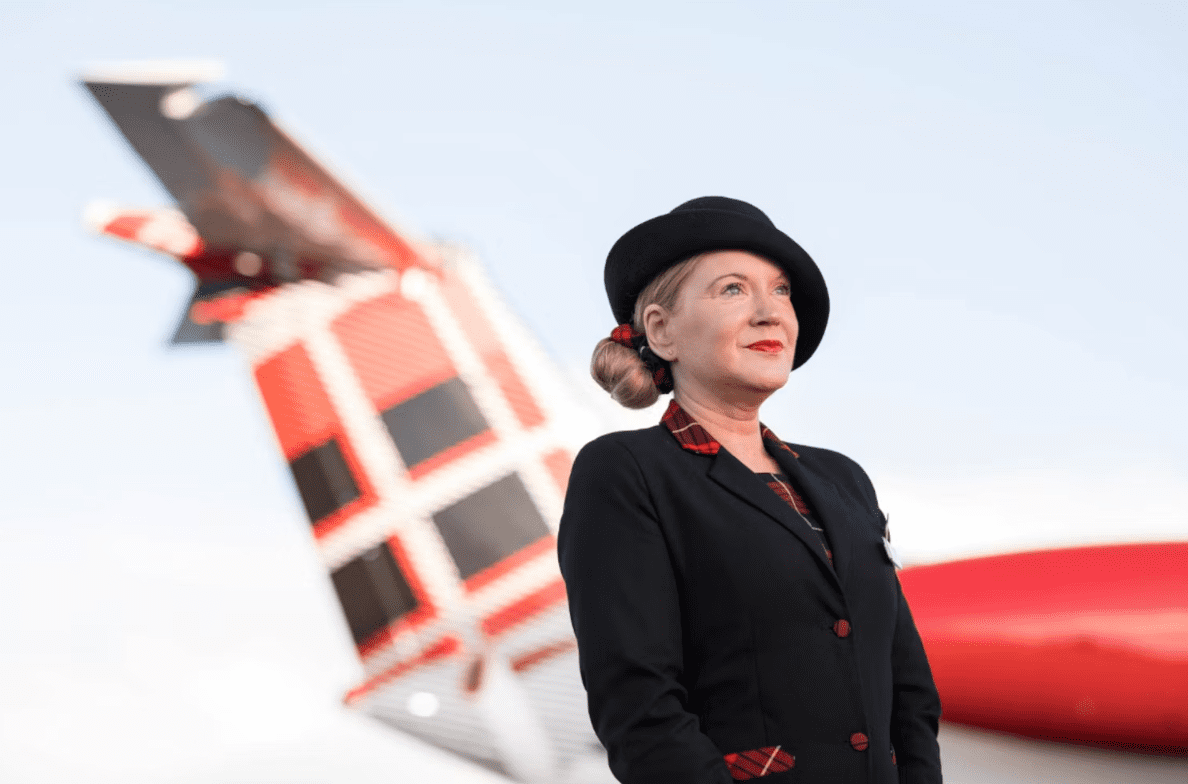
A turboprop aircraft is one that has jet engines optimized to drive a propeller. They are designed to operate at lower altitudes at a slower speed. They are economical and are ideal for shorter distances and have a flight range of up to 1,500 miles. The turboprop usually flies under 30,000 feet and less runway is needed for take off and landing. Examples are the ATR 42 and ATR 72, the Bombardier Dash 8 or Q400, as it is also known. These are some of the most popular types, but as cabin crew, what are they like to work on?
Regional flying
Turboprops are often used on regional routes or commuter routes and are ideal for ‘puddle jumping’. For the regional cabin crew, a typical day will often consist of numerous legs to smaller towns and highlands and islands. Flights can be very scenic, so take off and landing can be very interesting. Some examples in the UK, are Aurigny Airlines, Loganair and Blue Islands Ltd. In the US, Alaska Airlines operates a Q400 on regional routes.

Typical flights
Most turboprops have only one crew member, although larger types will have two. For example, Air New Zealand’s Q300 has one cabin crew for 50 passengers and their ATR72 has two cabin crew for 68 passengers. Flights are very short, often around an hour and rarely more than two hours. Onboard service, will often be ‘buy on board’ and sometimes there will also be a duty-free service. Turboprops are also popular for charter flights, where airlines will charter out the aircraft to a football team, for example.
Advantages
The advantages of working on a turboprop are numerous. The regional bases are smaller than regular airline bases, so it tends to be a much more friendly, family-type environment. Most regional crew will work together a lot, so get to know their team better, both in the air and on the ground.
Many of the passengers are commuters and fly frequently, therefore seeing regular faces is nice for cabin crew. The fact they are never far from home and back home almost every night, makes it easier for those with families.

Disadvantages
As they fly at a lower altitude, the risk of turbulence is more at between 23,000 and 29,000 feet, so it can be a little bumpy at times. The aircraft feel a bit more sensitive too, rather than a heavier passenger jet. The propellors can be a little noisy, so there will be more noise than in a usual aircraft cabin.
Overhead lockers and the under-seat stowage area are very small, so cabin baggage may not always be allowed in the cabin. The turboprop has a comfortable but small cabin, so they are not the easiest to work on. Service onboard may be challenging on short flights due to the time restriction and number of passengers.
A different beast?
Working on a turboprop has its challenges, but it is really down to personal preference. For some cabin crew, it offers stability and a much better life/work balance. You are based at a smaller airport, so would not have to move to a bigger city for your work. Flights are shorter but may be more challenging in terms of service and having one crew member for a full flight of passengers. Some cabin crew prefer working on larger aircraft types and having layovers around the world. It’s very much a personal choice at the end of the day, and what suits some cabin crew might not suit another.
Source: Simple Flying

Warning: Illegal string offset 'cookies' in /home/u623323914/domains/eng.bayviet.com.vn/public_html/wp-includes/comment-template.php on line 2564